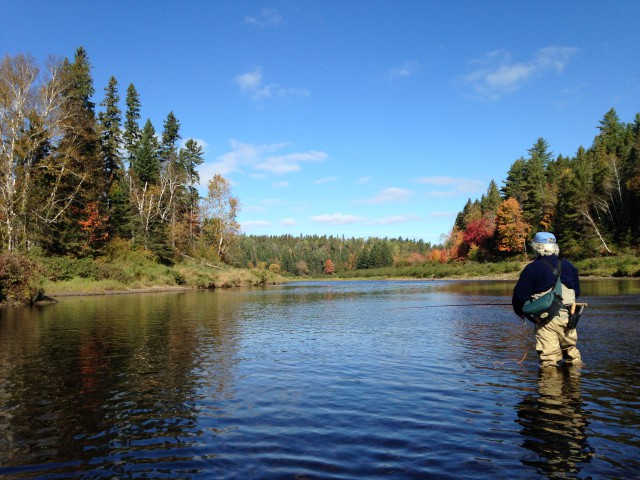When the provincial government released its water strategy in 2017, it took a crucial step forward to safeguard the well-being of New Brunswick’s communities and water resources.
Now, more than six years later, the province’s latest review and progress report examining the strategy leaves the plan in a stagnant pool of empty, vague promises, doing little to impress and lacking a clear direction forward.
Missing the mark
Originally created in partnership with government departments, Indigenous communities and non-governmental organizations, the water strategy was developed as a collective effort. Sadly, the government’s recent internal review called “A Water Strategy for New Brunswick Progress Report and Five-Year Review – January 2024,” did not involve any other organizations, contradicting the collaborative spirit that shaped the original plan.
The water strategy had ambitious goals like protecting drinking water, preserving aquatic areas and keeping water quality in check. It promised to work with Indigenous communities, give yearly progress reports and undergo a thorough review every five years.
The government has successfully met some of the strategy’s targets. However, the latest review of the water management plan showed only minimal progress on some big-ticket items, for example, understanding climate change and mitigating its effects on water resources. It also gave no timelines or plans for achieving the remaining goals over the coming years.
Where are we going to be by the end of 2028? What’s actually being accomplished? The government’s review doesn’t make this clear.
Shifting targets
The province also changed the wording of several of the commitments made in the water plan, making them easier to hit but much less effective and considerably more vague.
For example, the water strategy had promised to create regulations to designate coastal protected areas under the Clean Water Act. In the latest report, the government changed the wording of this target, committing instead to “exploring options for improved management of coastal areas.”
The initial target had a clear and definable goal. What does the government mean by “exploring options?”
The province also changed a commitment to issue “annual” progress reports on the strategy to instead issuing “periodic” progress reports — which is little surprise given the government has only released two reports over the past five years.
New protections needed
The 2017 water strategy had also noted that the review process would help find additional actions to include in the next iteration of the plan. However, the latest report fails to mention any new targets, suggesting the government has not found any new actions needed to protect the province’s water resources.
Yet, a 2019 report on water quality in New Brunswick’s lakes and rivers and a 2021 report on community drinking water highlighted several issues that were not noted in the water strategy. That includes the impacts of agriculture, forestry, municipal developments and pharmaceuticals on water quality.
Why were these issues not mentioned in the latest review? We need to tackle these problems in New Brunswick’s water plan in order to safeguard our precious lakes and rivers.
Let’s work together
It’s time for the Department of Environment to get back to the collaborative approach it originally intended for the water strategy. Indigenous communities, stakeholders and other organizations need to be involved if we’re going to safeguard and manage New Brunswick’s water.
We need good partnerships and stronger, more clear commitments to protect the province’s waters.
Let’s keep New Brunswick’s water resources clean, available and protected to foster a resilient and sustainable environment.

